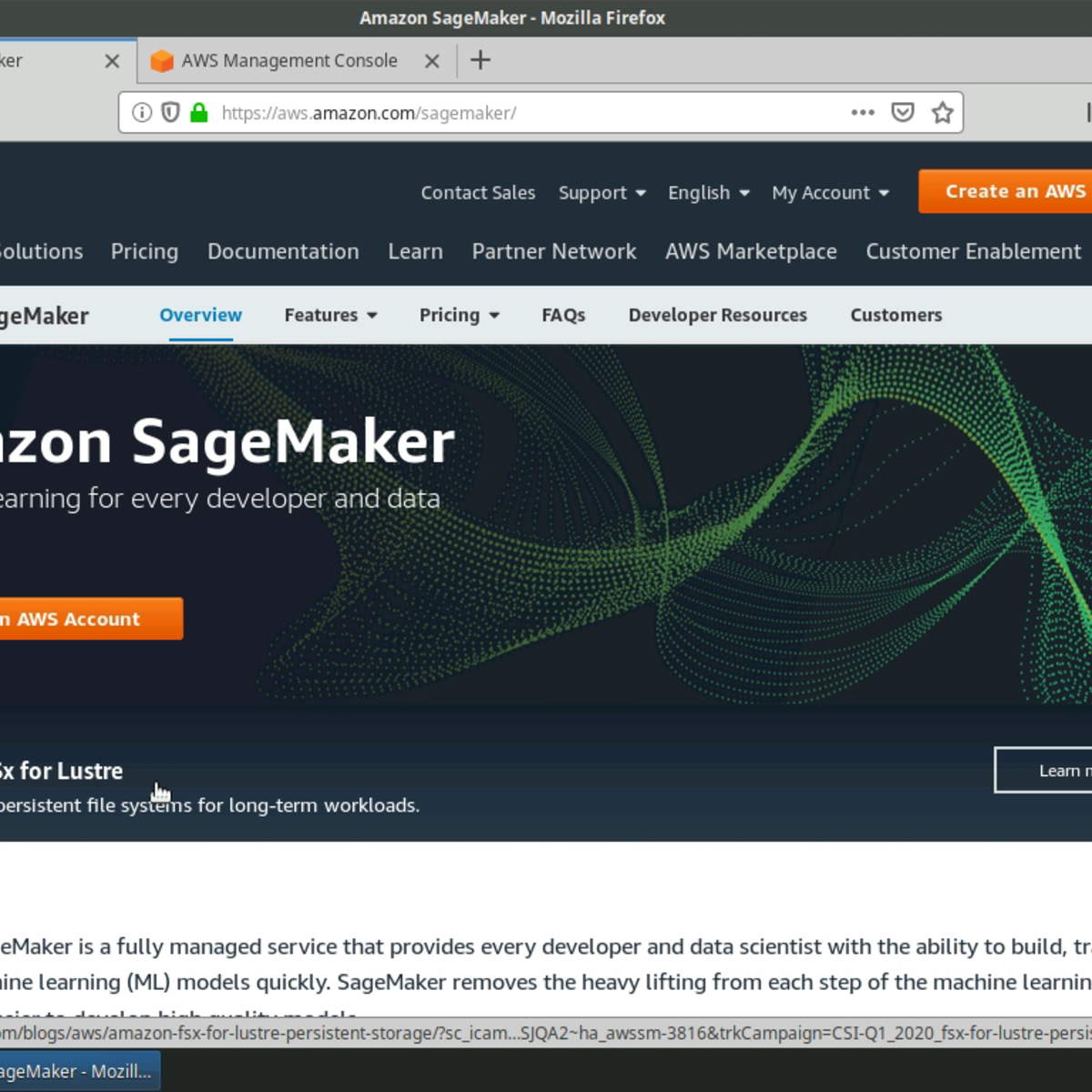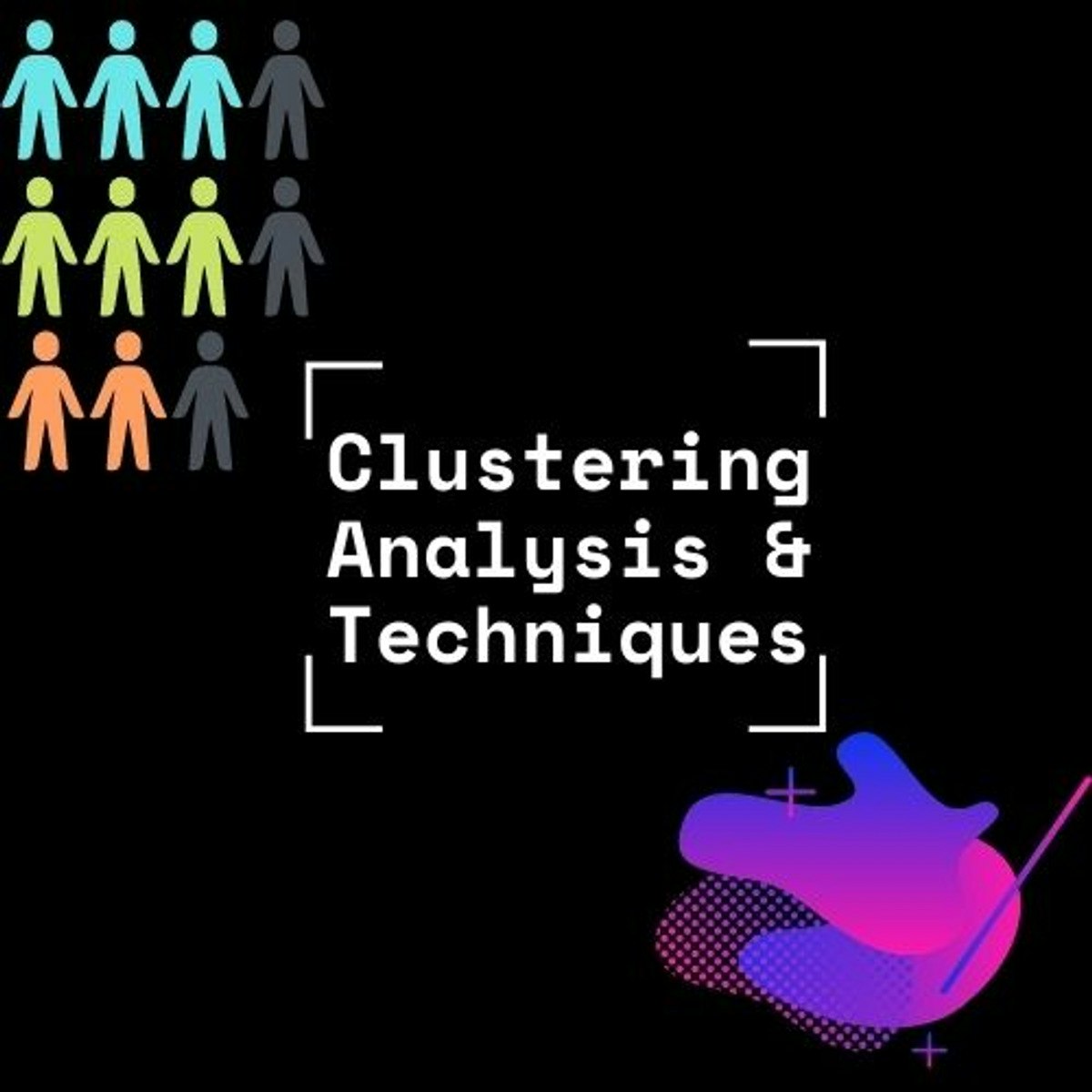Back to Courses









Machine Learning Courses - Page 46
Showing results 451-460 of 485

Introduction to Trading, Machine Learning & GCP
In this course, you’ll learn about the fundamentals of trading, including the concept of trend, returns, stop-loss, and volatility. You will learn how to identify the profit source and structure of basic quantitative trading strategies. This course will help you gauge how well the model generalizes its learning, explain the differences between regression and forecasting, and identify the steps needed to create development and implementation backtesters. By the end of the course, you will be able to use Google Cloud Platform to build basic machine learning models in Jupyter Notebooks.
To be successful in this course, you should have advanced competency in Python programming and familiarity with pertinent libraries for machine learning, such as Scikit-Learn, StatsModels, and Pandas. Experience with SQL is recommended. You should have a background in statistics (expected values and standard deviation, Gaussian distributions, higher moments, probability, linear regressions) and foundational knowledge of financial markets (equities, bonds, derivatives, market structure, hedging).

The Unix Workbench
Unix forms a foundation that is often very helpful for accomplishing other goals you might have for you and your computer, whether that goal is running a business, writing a book, curing disease, or creating the next great app. The means to these goals are sometimes carried out by writing software. Software can’t be mined out of the ground, nor can software seeds be planted in spring to harvest by autumn. Software isn’t produced in factories on an assembly line. Software is a hand-made, often bespoke good. If a software developer is an artisan, then Unix is their workbench. Unix provides an essential and simple set of tools in a distraction-free environment. Even if you’re not a software developer learning Unix can open you up to new methods of thinking and novel ways to scale your ideas.
This course is intended for folks who are new to programming and new to Unix-like operating systems like macOS and Linux distributions like Ubuntu. Most of the technologies discussed in this course will be accessed via a command line interface. Command line interfaces can seem alien at first, so this course attempts to draw parallels between using the command line and actions that you would normally take while using your mouse and keyboard. You’ll also learn how to write little pieces of software in a programming language called Bash, which allows you to connect together the tools we’ll discuss. My hope is that by the end of this course you be able to use different Unix tools as if they’re interconnecting Lego bricks.

Ensemble Methods in Machine Learning
In this 2-hour long project-based course, you will learn how to implement various ensemble techniques and use it in machine learning. Ensemble models in machine learning combine the decisions from multiple models to improve the overall performance, The main causes of error in learning models are due to noise, bias and variance, Ensemble methods help to minimize these factors.

Machine Learning Foundations for Product Managers
In this first course of the AI Product Management Specialization offered by Duke University's Pratt School of Engineering, you will build a foundational understanding of what machine learning is, how it works and when and why it is applied. To successfully manage an AI team or product and work collaboratively with data scientists, software engineers, and customers you need to understand the basics of machine learning technology. This course provides a non-coding introduction to machine learning, with focus on the process of developing models, ML model evaluation and interpretation, and the intuition behind common ML and deep learning algorithms. The course will conclude with a hands-on project in which you will have a chance to train and optimize a machine learning model on a simple real-world problem.
At the conclusion of this course, you should be able to:
1) Explain how machine learning works and the types of machine learning
2) Describe the challenges of modeling and strategies to overcome them
3) Identify the primary algorithms used for common ML tasks and their use cases
4) Explain deep learning and its strengths and challenges relative to other forms of machine learning
5) Implement best practices in evaluating and interpreting ML models

Machine Learning for Data Analysis
Are you interested in predicting future outcomes using your data? This course helps you do just that! Machine learning is the process of developing, testing, and applying predictive algorithms to achieve this goal. Make sure to familiarize yourself with course 3 of this specialization before diving into these machine learning concepts. Building on Course 3, which introduces students to integral supervised machine learning concepts, this course will provide an overview of many additional concepts, techniques, and algorithms in machine learning, from basic classification to decision trees and clustering. By completing this course, you will learn how to apply, test, and interpret machine learning algorithms as alternative methods for addressing your research questions.

Neural Style Transfer with TensorFlow
In this 2-hour long project-based course, you will learn the basics of Neural Style Transfer with TensorFlow. Neural Style Transfer is a technique to apply stylistic features of a Style image onto a Content image while retaining the Content's overall structure and complex features. We will see how to create content and style models, compute content and style costs and ultimately run a training loop to optimize a proposed image which retains content features while imparting stylistic features from another image.
This course runs on Coursera's hands-on project platform called Rhyme. On Rhyme, you do projects in a hands-on manner in your browser. You will get instant access to pre-configured cloud desktops containing all of the software and data you need for the project. Everything is already set up directly in your internet browser so you can just focus on learning. For this project, you’ll get instant access to a cloud desktop with Python, Jupyter, and Tensorflow pre-installed.
Note: This course works best for learners who are based in the North America region. We’re currently working on providing the same experience in other regions.

Image Classification with Amazon Sagemaker
Please note: You will need an AWS account to complete this course. Your AWS account will be charged as per your usage. Please make sure that you are able to access Sagemaker within your AWS account. If your AWS account is new, you may need to ask AWS support for access to certain resources. You should be familiar with python programming, and AWS before starting this hands on project. We use a Sagemaker P type instance in this project, and if you don't have access to this instance type, please contact AWS support and request access.
In this 2-hour long project-based course, you will learn how to train and deploy an image classifier using Amazon Sagemaker. Sagemaker provides a number of machine learning algorithms ready to be used for solving a number of tasks. We will use the image classification algorithm from Sagemaker to create, train and deploy a model that will be able to classify 37 breeds of dogs and cats from the popular IIIT-Oxford Pets Dataset.
Since this is a practical, project-based course, we will not dive in the theory behind deep learning based image classification, but will focus purely on training and deploying a model with Sagemaker. You will also need to have some experience with Amazon Web Services (AWS).
Note: This course works best for learners who are based in the North America region. We’re currently working on providing the same experience in other regions.

Predict Future Product Prices Using Facebook Prophet
In this 1-hour long project-based course, you will be able to:
- Understand the theory and intuition behind Facebook times series forecasting tool
- Import Key libraries, dataset and visualize dataset
- Build a time series forecasting model using Facebook Prophet to predict future product prices
- Compile and fit time series forecasting model to training data
- Assess trained model performance
Note: This course works best for learners who are based in the North America region. We’re currently working on providing the same experience in other regions.

Clustering analysis and techniques
In this 2-hour long project-based course, you will learn how to perform clustering (one of the core pillar of unsupervised learning) and its importance in machine learning, set up PyCaret Clustering module, create, visualize & compare Clustering algorithms all this with just a few lines of code.

Human Factors in AI
This third and final course of the AI Product Management Specialization by Duke University's Pratt School of Engineering focuses on the critical human factors in developing AI-based products. The course begins with an introduction to human-centered design and the unique elements of user experience design for AI products. Participants will then learn about the role of data privacy in AI systems, the challenges of designing ethical AI, and approaches to identify sources of bias and mitigate fairness issues. The course concludes with a comparison of human intelligence and artificial intelligence, and a discussion of the ways that AI can be used to both automate as well as assist human decision-making.
At the conclusion of this course, you should be able to:
1) Identify and mitigate privacy and ethical risks in AI projects
2) Apply human-centered design practices to design successful AI product experiences
3) Build AI systems that augment human intelligence and inspire model trust in users
Popular Internships and Jobs by Categories
Find Jobs & Internships
Browse
© 2024 BoostGrad | All rights reserved
